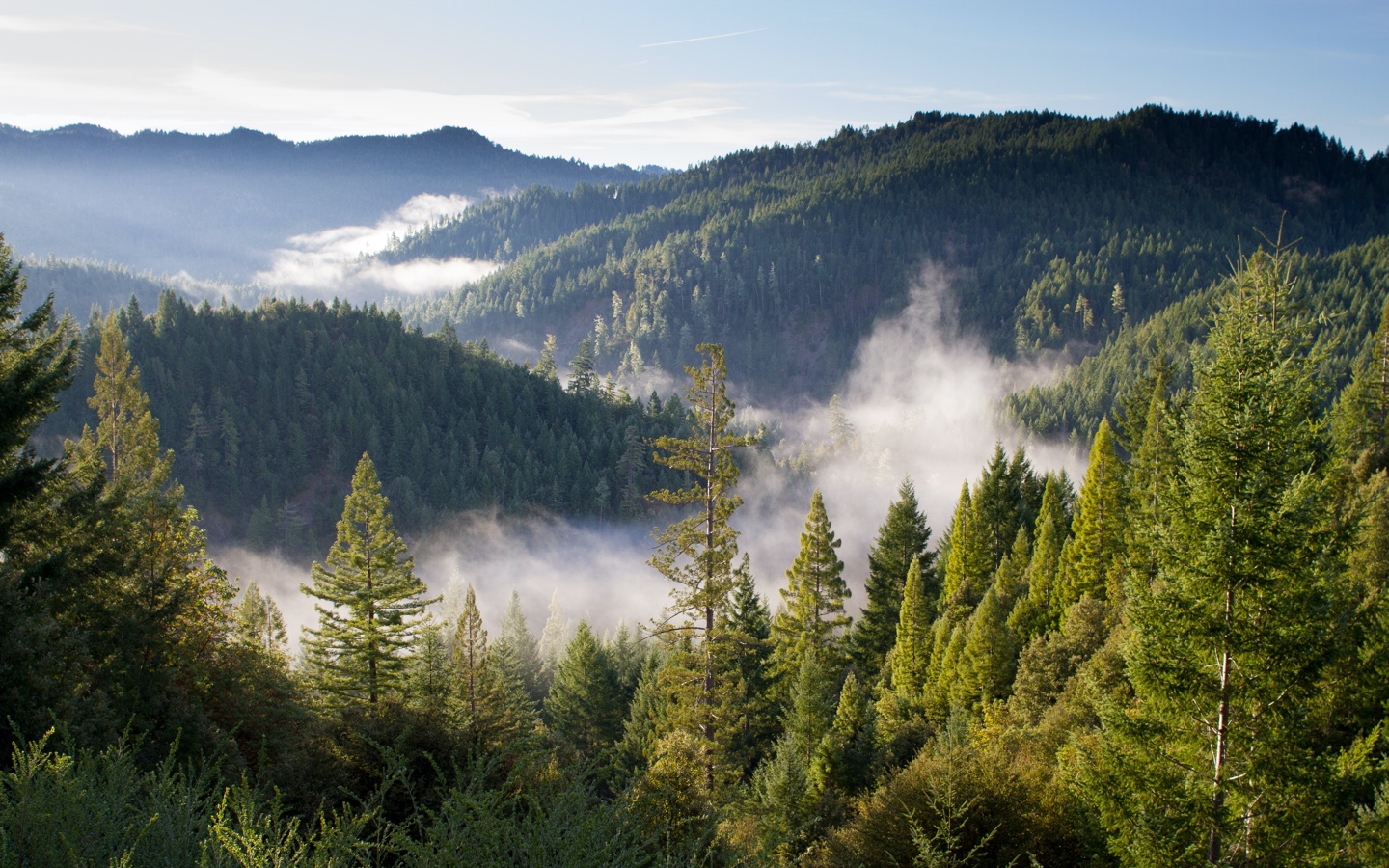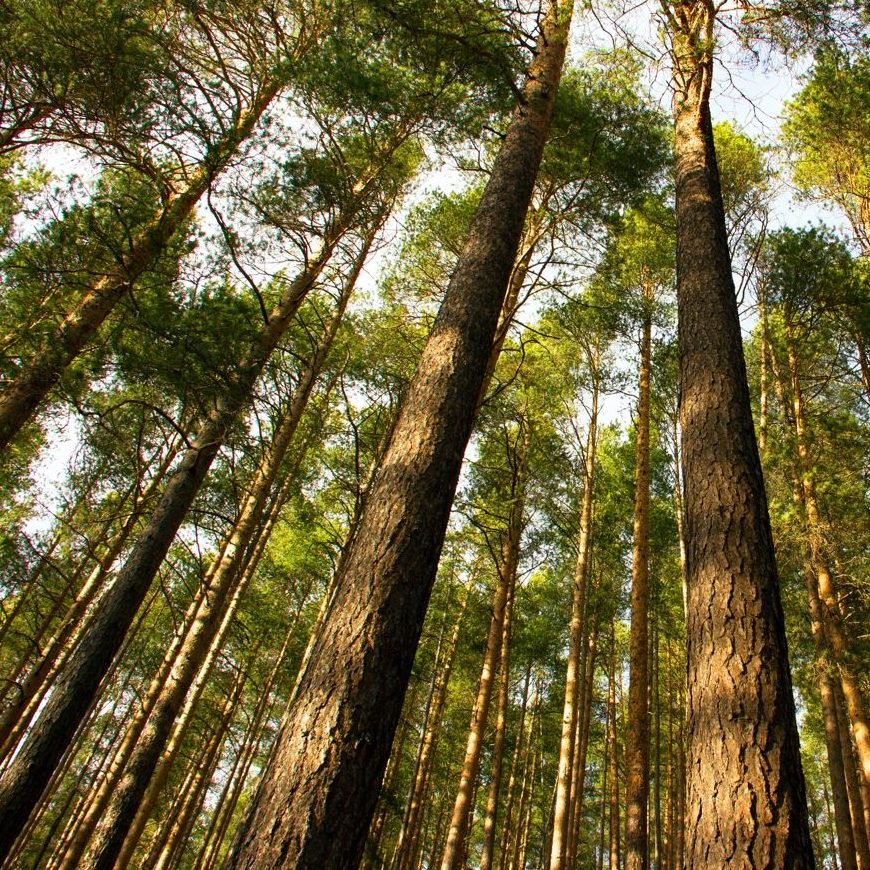Carbon capture is a start, but if we don’t also decarbonize our economy, we can’t make meaningful impacts in the fight against climate change.
In early August, the latest UN IPCC climate report delivered some grim news: Our planet is already two degrees warmer than it was during the last century. And, more unsettling science. Even if we stopped all emissions today, we’ve already added enough carbon dioxide into the atmosphere to ignite dangerous climate effects for at least the next 30 years. This means intense wildfires (and the resulting air pollution), record-high temperatures, biodiversity loss — it’s all going to continue to get worse.
We need to get rid of excess carbon from the atmosphere; that much is clear. A small amount is already removed naturally. The Earth absorbs carbon through photosynthesis (which is why planting more trees could be one solution for helping us achieve a better climate balance). But hundreds of climate scientists are working on a remedy they hope will make a bigger impact: carbon capture. Or rather, removing already emitted carbon from the environment’s atmosphere altogether.
“We will fail to hit 1.5 degrees without CO2 removal,” Julio Friedmann, a senior research scholar at Columbia University’s Center on Global Energy Policy, told the Huffington Post. He’s referring to the threshold beyond which climate change is forecast to be devastating. “That’s it. That’s just math.”
There are actually two processes involved in capturing excess carbon. The first is known as “carbon capture.” This method is mostly being used by oil and gas companies as a way to reduce their emissions and take advantage of government tax credits. These interventions typically happen at emission points — like smokestacks — then the captured carbon is used to extract more fossil fuels.

Read more: What is a Carbon Tax?
Bioenergy with carbon capture (BECCS) is a good example of this. It involves many setups, the most popular of which is a facility that grows carbon-sequestering trees. Later, the trees are burned and the smoke is re-captured and pumped underground. Direct Air Capture (DAC) is another industry method. This solution utilizes giant fans to vacuum carbon from the sky, attach the carbon to calcium particles, then inject that captured substance back into the Earth.
Carbon dioxide removal is the second type of process, and its focus is on atmospheric carbon — not emissions-based carbon. Realistically, removing carbon from the air is tough and expensive, but worthwhile — and we’re seeing lots of innovations in this space, too. Dr. Erica Dodds, COO of the Foundation for Climate Restoration, says both processes are important for tackling climate change, despite criticism from activists. “Policymakers see carbon capture as an important intermediary step that will allow us to meet ambitious climate targets before we’re able to completely decarbonize our economy,” she says.
There might even be an eventual market for captured CO2, Dodds added — there’s a burgeoning industry called carbontech, which involves making products out of captured or removed CO2, like jet fuel and soda.
Big investment money is headed into carbon capture as well, with exciting solutions like biomimicry allowing scientists to replicate nature’s processes artificially. For example, there’s a carbon removal technology that produces synthetic limestone aggregate from carbon, a process taken from how shellfish create their shells. The limestone aggregate can be used in concrete production, and it’s an incredibly low-cost process. (It’s worth noting that concrete production is responsible for eight percent of global carbon emissions; concrete that contains synthetic limestone could sequester a ton of CO2 per cubic yard!)

Read more: What Are Carbon Offsets?
That said, many methods of carbon capture are controversial, especially when associated with large oil and gas companies. Many activists don’t believe that carbon capture does enough, in part because the captured carbon is often pumped back into the same fuel-centric system. Processes like BECCS require large swaths of land and vast amounts of water. And DAC is expensive — although the Biden administration pumped $12 million into funding for the DAC in June 2021.
Plus, carbon capture on its own will not be enough. Dodds says that we also need to consider climate restoration, with a specific focus on sustaining biodiversity. “The Foundation for Climate Restoration likens the process of restoring the climate to an overflowing bathtub,” she says. “We need to ‘turn off the tap’ by ending carbon emissions, but we must also address the ‘flood’ of CO2 already in our atmosphere.”
What can you do? Ask your local, state, and federal government to use carbon-sequestering rock and building materials whenever possible, says Dodds. There’s a CarbonStar rating system that can help you find those materials. You can also join local chapters of climate advocacy organizations to help amplify the movement’s messages and support businesses that invest in carbon capture. And, most importantly, you can make sure your elected leaders enact laws that address the climate crisis.
Read more: How Drones Can Help Replant Forests
Have feedback on the story? Let us know what you think by emailing [email protected]

Shop Pillows
The Essential Organic Pillow Collection
Gentle, breathable, non-toxic support.





